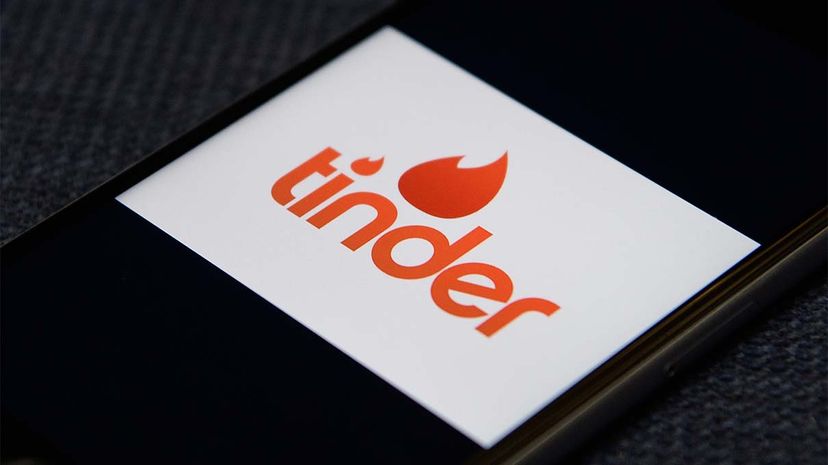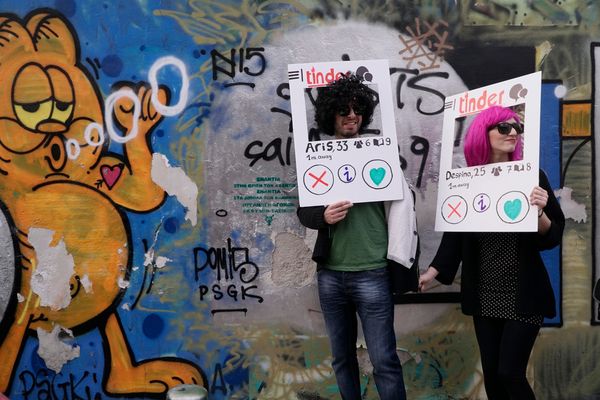
Especially in the early days of online dating, the match-making mechanism took a lot of flak for being cold and impersonal. People were just so used to meeting potential mates at social events or through friends and family that the idea of turning a virtual stranger into lifelong love was far-fetched, to say the least. As it turns out, the inherent objectivity of online dating is dramatically influencing interracial relationships and marriage. A computer model developed by a pair of researchers from the University of Essex in the U.K. and the University of Vienna in Austria, published October 2, 2017, shows that establishing brand-new connections via online dating leads people to more rapid social integration because they're interacting with people they previously had no ties to. This data is backed up by a significant uptick in interracial marriages over the last couple of decades.
The model shows that low levels of interracial marriage occur in scenarios where people must choose a partner with whom a connection is already established. When the random links of online dating are introduced, however, interracial coupling up skyrockets. "Our model predicts nearly complete racial integration upon the emergence of online dating, even if the number of partners that individuals meet from newly formed ties is small," co-authors Josue Ortega and Philipp Hergovich wrote in the paper.
Advertisement
The authors do note that other factors have also contributed to an increase in interracial marriages, but the data to support the influence of online dating is compelling. After the first dating sites were launched in 1995, interracial marriage increased immediately. The spike went higher in 2004 when online dating really gained ground in popularity. During the first decade of the 2000s, new interracial marriages jumped from 10.68 percent to 15.54 percent in 2009. Then, 2014 saw another huge shift, this time to 17.24 percent, not so coincidentally after the uber-popular dating app, Tinder, was launched.
That wasn't the only finding, however. The model also looked at the strength of the average marriage by taking into account the distance between partners before they hooked up. They looked at this both before and after online dating became a part of society. In fact, the model predicts that marriages made after online dating was established are stronger than their digitally-challenged predecessors. This suggests that relationships that begin online are less likely to fail than traditional couplings.
"We introduce a simple theoretical model which tries to explain the complex process of deciding whom to marry in the times of online dating. As any model, ours has limitation," they write in the study. "It categorizes every individual with only two characteristics, it assumes a very simple structure inside each race, it poses restrictions on agents' preferences. Furthermore, it fails to capture many of the complex features of romance in social networks, like love. There are multiple ways to enrich and complicate the model with more parameters." These limitations considered, the researchers still believe the model to be exceptionally accurate. "However, the simplicity of our model is its main strength. With a basic structure, it can generate very strong predictions."
Advertisement
